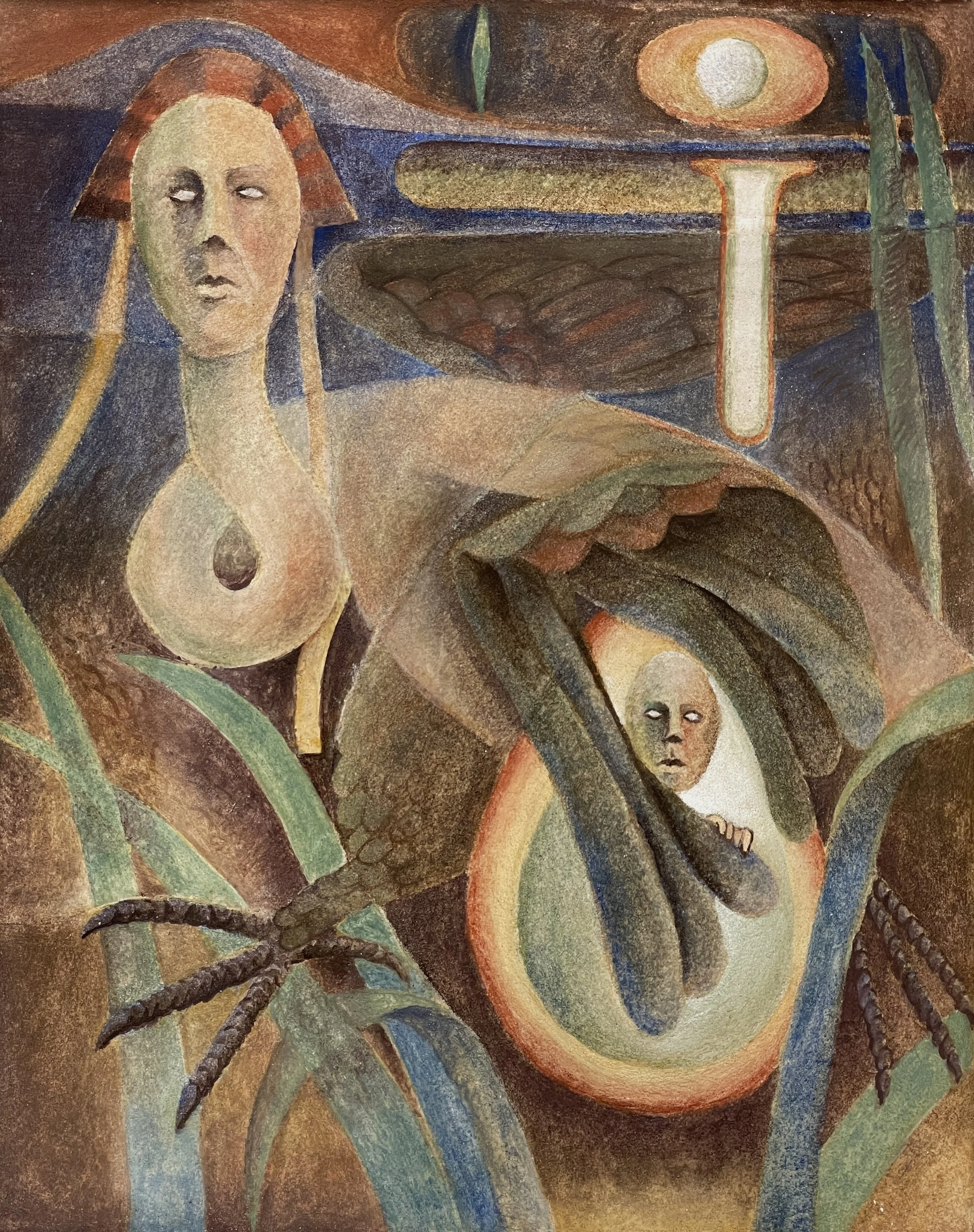Welcome to
THE SWARTHMORE REVIEW
Welcome to THE SWARTHMORE REVIEW
The Review is Swarthmore’s semesterly digital and in-print magazine. Founded in 2012 by Izzy Kornblatt, the Review has since been dedicated not only to publishing but to uplifting the multiple perspectives of Swarthmore students. As one of the college’s longest-running art and literary magazines, the Review is unique in that we span seven sections, ranging from long-form journalism and creative writing to reviews and visual arts. No matter what you have in mind, your writing, creativity, and reflections will have a home at the Review.
















Inspired by the New York Times article, “There Are Holes on the Ocean Floor. Scientists Don’t Know Why” by Christine Chung.